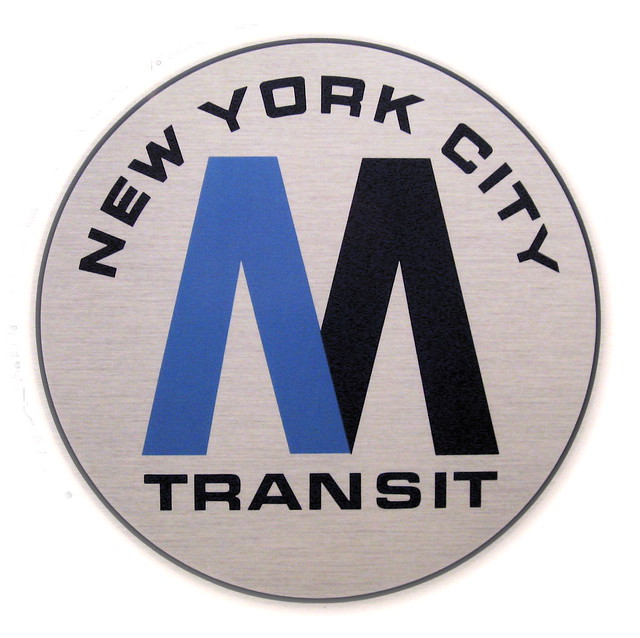I listened to it, but I don't really understand your point. The entire tone of the podcast was that somehow lenders were being evil by garnishing the wages of borrowers in order to get their money back. It's as if the show producers believed that when people borrowed money for stuff, it was now THEIR stuff and the lenders were somehow immoral for wanting to get paid back. What exactly do you think should happen? Should lenders just give money away?
The other implication of the podcast was that racism was somehow at play. They mentioned that poor black neighborhoods had a considerably higher proportion of people with their wages garnished that poor white neighborhoods. To their credit they did also mention that white households had 5 times more wealth than black households of the same income level. Which, of course, COMPLETELY EXPLAINS why blacks are more likely to have their wages garnished.
So the only real question is, why is it that white households have 5 times more wealth than black households of the same income level? The podcast blamed Jim Crow laws for the wealth gap, but presented no evidence whatsoever. I did some
brief research on Jim Crow laws and did not see any restrictions on owning property. Nearly all of the Jim Crow laws were aimed at miscegenation and keeping schools and public places separate. I did see one law in Chicago involving racially restrictive housing covenants (presumably to keep blacks out of white neighborhoods), but that was repealed by the Supreme Court in 1948 - almost 70 years ago. I saw no such laws in the South. It seems a stretch to automatically leap to the conclusion that Jim Crow is to blame for the wealth disparity. It's also notable that the black/white wealth disparity has
tripled since 1984, well after the Jim Crow era.
Do you think, maybe, just maybe, there could be other causes for the wealth disparity other than pure racism? What if blacks tend to make poorer financial decisions than whites with respect to wealth accumulation? I've noticed, for example, that poor black apartment complexes tend to have some pretty nice cars in the parking lot. Economists Kerwin Charles, Erik Hurst, and Nikolai Roussanov took up this question in a 2008
study, "Conspicuous Consumption and Race." Using data from the Consumer Expenditure Survey for 1986-2002, they concluded the following:
"We show that Blacks and Hispanics devote larger shares of their expenditure bundles to visible goods (clothing, jewelry, and cars) than do comparable Whites. We demonstrate that these differences exist among virtually all sub-populations, that they are relatively constant over time, and that they are economically large."


















